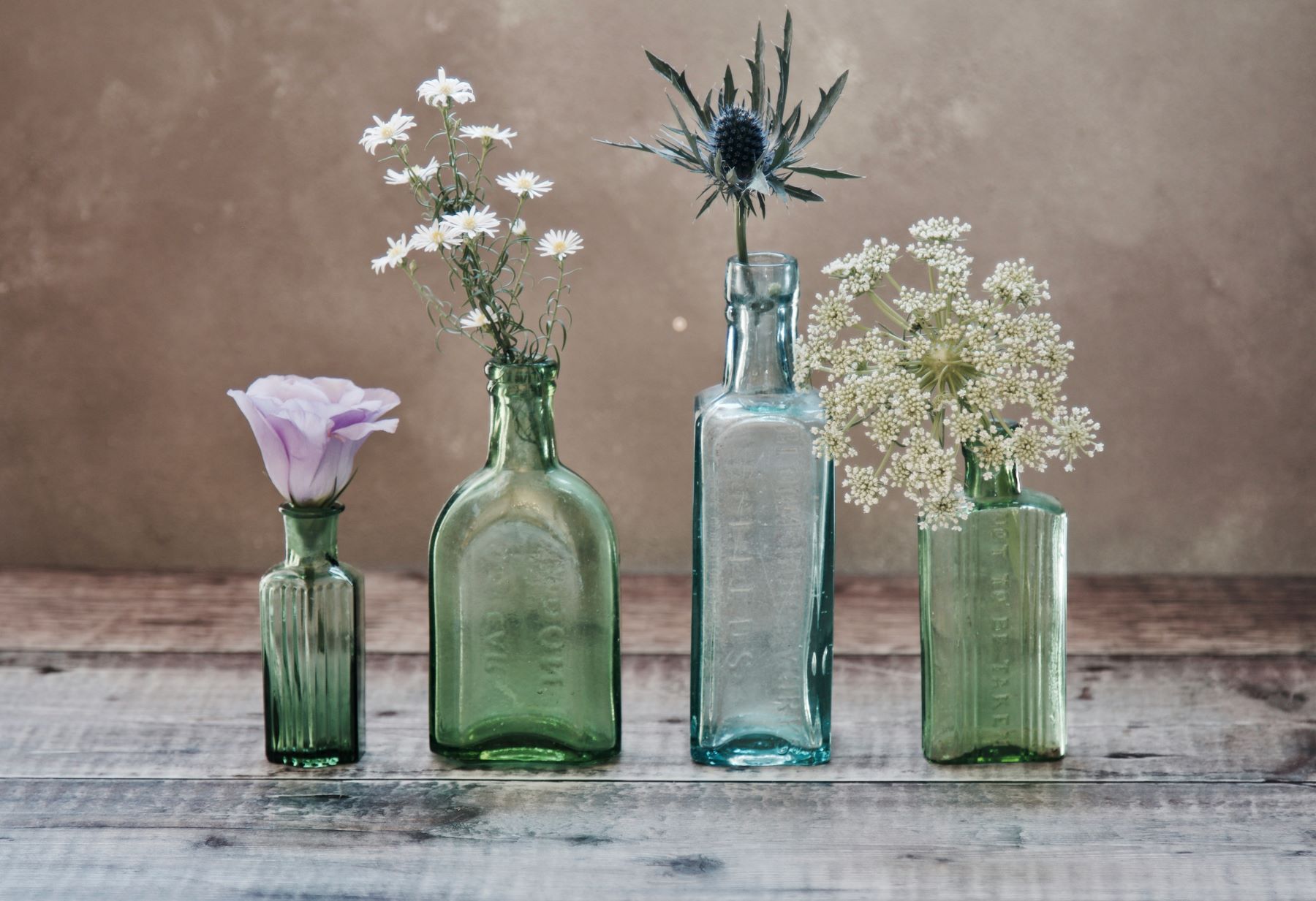Small Steps to Sustainability

This is an extract from an article published in the Spring 2023 issue of Iconnect Magazine. For more tips, read the full article here. Icon Members enjoy free access to all issues of the magazine. Become a member here.
Welcome to my tips for low cost/ no cost actions to reduce your impact on the climate and the environment. I was moved to make these tips available because so many times I have heard from others that they felt powerless to effect change, that the actions they needed to take were too costly and that the steps needed took too long to have an impact. The following actions are just a small selection taken from the ‘Equipment and Materials’ chapter of my book. They are all in your power to take straight away.
Equipment and materials
- Extend the lifespan of equipment with careful handling and frequent maintenance. Keep operations and maintenance manuals up to date to ensure that equipment is maintained in top condition.
- Repair equipment rather than replacing it. Equipment you no longer need may still be useful to others. Think how it can be reused, donated, repurposed, recycled or stored. Waste Electrical and Electronic Equipment (WEEE) recycling schemes can ensure safe disposal.
- Use equipment that is appropriately sized for the job, for example, don’t use a large fridge if all you have in it is a jar of starch paste.
- When you replace equipment:
- Make sure you purchase energy efficient equipment. The website www.sust-it.net gives details of energy-efficient household electricals and lists the annual running cost. Buy the best quality you can afford to ensure you can use it for as long as possible.
- Purchase equipment which: is designed to have a long usable life; can be repaired; has spare parts readily available, long term; can be recycled at the end of its life, and is designed for disassembly (i.e. can be broken down at the end of its life); and where the components can be reused and the constituent items are easy to recycle.
- Check whether the manufacturer has a take-back scheme for recycling the equipment at the end of its usable life.
- Your mantra for equipment should be ‘Durable, repairable, recyclable’
- Organise. That way you’ll know what materials and equipment you have and where they are. This will stop you from buying something and then discovering that you had it already.
- Carry out a waste audit to identify what waste you are creating. This will help you to work out how you can reduce the waste you produce and how you can reuse and recycle your waste.
- If you need to buy materials and equipment, buy them in one order. This will avoid the need for multiple deliveries and so reduce the greenhouse gas (GHG) emissions associated with deliveries. Aim for one or two orders a year.
- Coordinate orders with others to reduce deliveries even further. Contact your regional Conservation Development Officer or Museum Development Officer. They may be able to organise a group purchase.
Alternative sources for equipment and materials
- Look out for cultural heritage organisations that are being refurbished. Two examples I am aware of include:
- A museum that was refurbished and gave away all their office furniture and office supplies. They also gave away surplus display cases, exhibition materials and materials from the education department.
- An archive that moved buildings and gave away all the surplus packing materials at the end of the project. This included Plastazote, boxes, boxboard and acid-free tissue.
- Look out for schools being refurbished, and especially those refurbishing their labs. You’ll be able to get hold of benches, glassware, microscopes and much more.
- Keep an eye out for shop refits or closures. They often give away shelving; display units, which make excellent workbenches; mannequins that can be used for display; and clothing rails, which can be used by staff or the public for their coats.
- Contact your conservation/ preservation suppliers. Many sell offcuts, end of rolls, old stock and materials that they have purchased to test. As a result, you may be able to buy in the small quantity that you require. One conservation studio has sourced Tyvek, repair tissue, Bondina, fly mesh, sprayers, weights, a drying rack and brushes for free this way.
